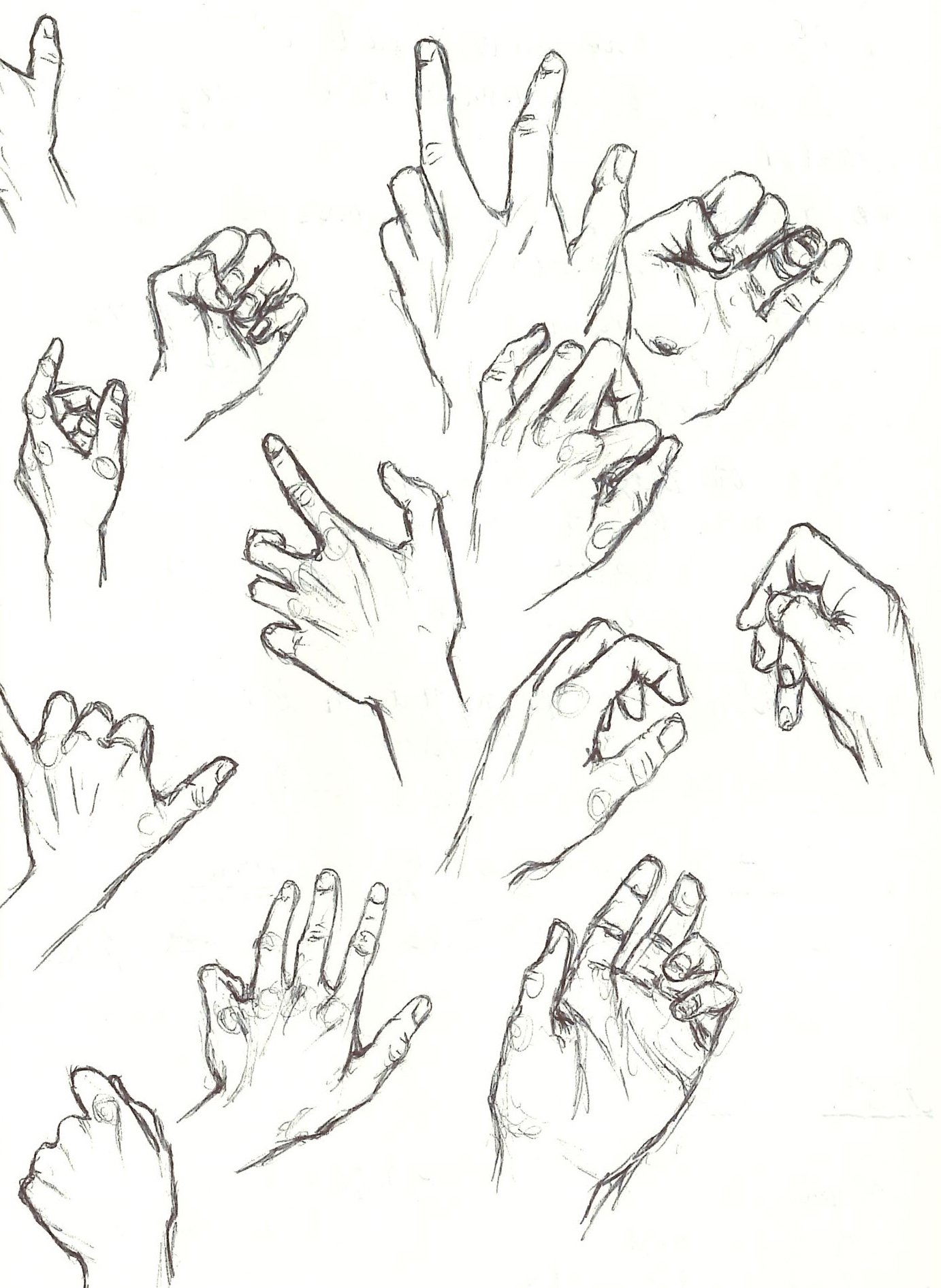Show me your hand
H17:00-19:00
Entrance: via Liguria 20
H17:00-19:00
Entrance: via Liguria 20
The event will be held in English at Istituto Svizzero, via Liguria 20, Roma.
Free entrance,
To attend in presence, register here.
To attend online, register here
I pomeriggi series
I pomeriggi at Istituto Svizzero is a series dedicated to our Fellows. It is an opportunity for the public to learn more about the projects they are working on during this year’s residency.
The event is curated by Valentine Bernasconi (Roma Calling 2023/2024, Digital Visual Studies).
Show me your hand
Discussing methodologies for the analysis of hands in art history
Hands play an essential role in our daily communication. They do not only help us express our thoughts, introducing a physicality and spatiality to the abstract mental inner process, but they also reflect a social and cultural heritage. They are part of gestural codes that sometimes even originate in the Antique and which have evolved until today as a cultural knowledge that has been passed on through imitation, generation after generation, with its original meaning occasionally fading away.
Yet, the gestural expression of the hand is rather complex to describe and document, especially without the use of cinematographic ressources, and to trace the original signification of a hand pose or chirogram in still representations from the past requires a reading grid that is very often missing. The expression of the hand is before everything else anchored in the living and the transcription of the mute limb in the system of a painting, for example, often undergoes a process of codification that has to be recovered.
In recent years, new developments in computer vision have made it possible to characterize the body and the hands geometrically and to consider new approaches towards the understanding of the hand in various domains, from the analysis of sign language to pictorial representations. From the digital visual perspective, it allows us to study the detail at large scale and to precisely reflect on the multiple contradictory roles played by the hand in pictorial representations in European early modern painting, between rhetoric and emotion, symbolic and functional, and its tight relationship with language.
The aim of the event is to reflect on unresolved methodological questions for the analysis of hands as a cultural heritage preserved in art and in the living gestural practice; whether the transmission of pictorial chirograms belong to the historical linguistics of gesture; whether images are evidence of pictorial but also social and cultural traditions; and how computer vision techniques may be used in confrontation or along a traditional practice of art history.
Programme:
H17:00 ― Introduction
H17:10 ―Interventions by:
Dr. Elenio Cicchini
Dr. Temenuzhka Dimova
Dr. Prof. Irene Mittelberg
Valentine Bernasconi
H18:10 ― Moderated discussion on different perspectives on gestures and Q&A
H19:00 ― Aperitif
Biographies:
Valentine Bernasconi is a Ph.D fellow in digital visual studies at the University of Zurich and is currently a resident at Istituto Svizzero in Rome. She is working on the computational and historical analysis of hands in early modern paintings. She holds a B.Sc in computer science with a minor in art history from the University of Fribourg, Switzerland, as well as a M.Eng in Digital Humanities form the Ecole Polytechnique Fédérale of Lausanne.
Dr. Elenio Cicchini is a post-doc researcher at the Bibliotheca Hertziana in Rome. He is currently working on a project entitled Nascita della commedia napoletana. Uno studio sul gesto nelle farse e nella pittura di genere. He studied philosophy a the University of Bologna and defended his doctoral thesis in 2018 on the relationship between theatrical genre and philosophy at the University of Cagliari. He is the creator of the section Poesia e Filosofia for the revue Smerilliana. Luogo di civiltà poetiche and wrote different texts on ancient mime and mimesi, gesture and sign, and the face and mask.
Dr. Temenuzhka Dimova is a researcher in Art history at the University of Vienna. She is currently conducting a project entitled Following the Festaiuolo dedicated to the multicultural perception of deictic chirograms. She also focuses on digital methods in art history and is involved in the Jacques-Edouard Berger foundation project called the Vasari Diagram. She defended her doctoral thesis Le langage des mains dans les arts figurés en France (1604-1795) in 2017 at the University of Strasbourg and published her work in 2019.
Dr. Prof. Irene Mittelberg is a professor of Linguistics and Cognitive Semiotics at Aachen University, where she directs the Centre for Sign Language and Gesture (SignGes), and founded the Cognitive Semiotics Lab. Her work focuses on contemporary embodied approaches to language, cognition, and multimodal interaction, as well as the comparison between processes of sign formation and the use of space in gesture, architectural design, and the visual arts. She holds a M.A. in French linguistics and art history from Hamburg University and a Ph.D in linguistics and cognitive studies from Cornell University.
